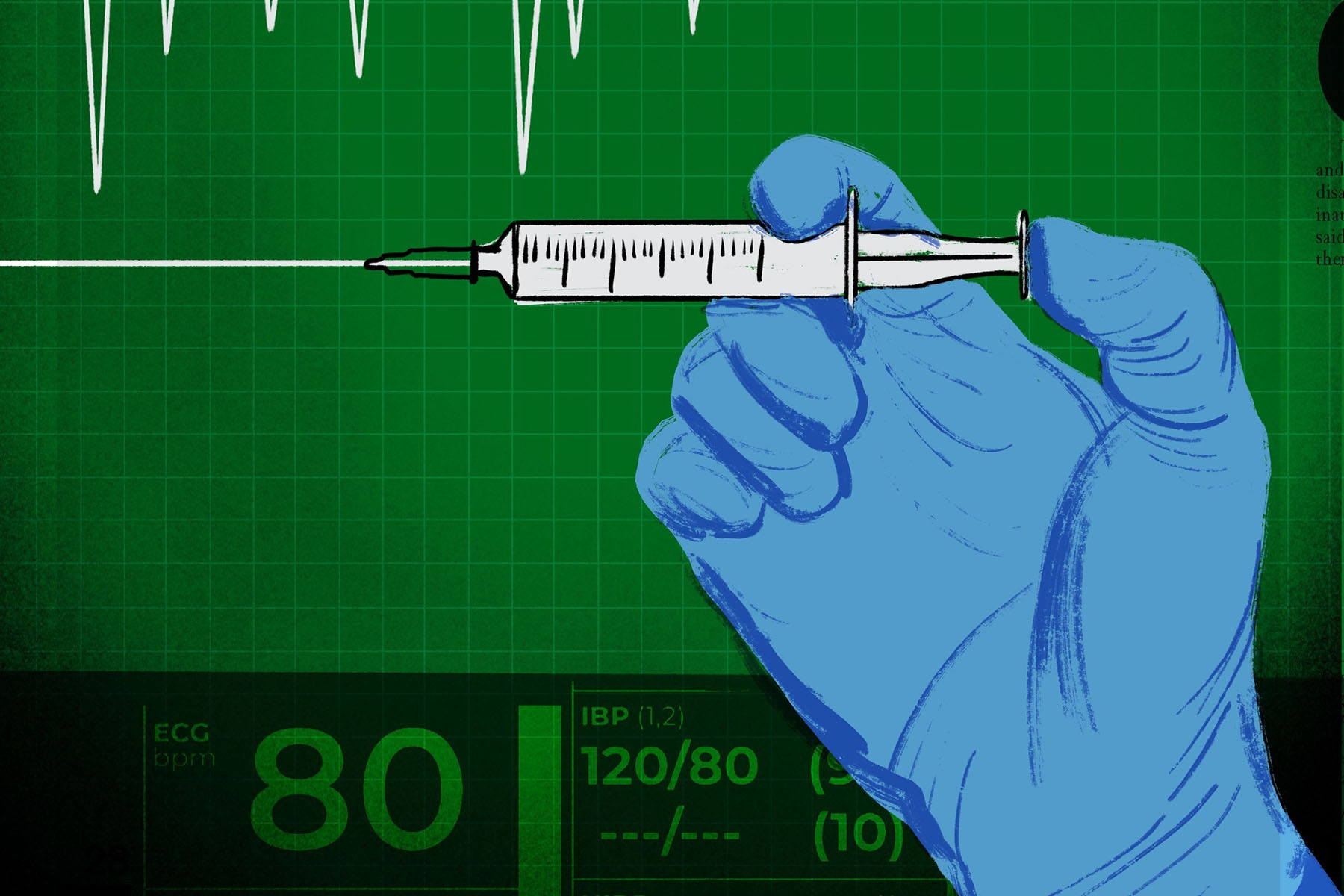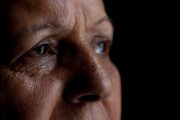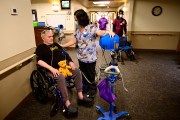This article was published in partnership with The Nation.
On April 25, four disability rights organizations sued California state agencies and officials in an attempt to overturn the End of Life Option Act, a seven-year-old law that allows doctors to prescribe lethal medication to people who have six months or less to live.
The plaintiffs assert that the law violates the Americans With Disabilities Act and Section 504 of the Rehabilitation Act—which form the foundation for disability rights law in the United States. “We’re alleging that the law is inherently discriminatory,” Michael Bien, the chief counsel and a primary author of the complaint, said. “It excludes or discriminates against people with disabilities by depriving them of suicide prevention services.”
The disability rights activists are currently waiting to find out if their case has standing. The groups and individuals involved are not especially religious nor are they historically aligned with the political right. United Spinal Association, for example, which represents people with spinal cord injuries, focuses on issues like insurance coverage for medical equipment and accessible housing. They are not what would traditionally be thought of as “pro-life.”
In the United States, there is a longstanding tradition of secular opposition to medical aid in dying that’s deeply entwined with disability rights advocacy, but you wouldn’t know that from much of the news coverage. A 2016 piece from USA Today, for instance, broke down the issue and made Pope Francis the sole public figure against medical aid in dying. In reality, the largest and most established disability rights organizations in the United States — the Disability Rights Education and Defense Fund, the American Association of People With Disabilities and the National Council on Independent Living — have all staked positions against medical aid in dying.
Advocates of medical aid in dying in many states present their cause as an issue of bodily autonomy. In March, for example, supporters of Maryland’s medical-aid-in-dying law used the rallying cry, “My body, my choice.”
But some disability advocates contend that it is not possible to have true bodily autonomy in the world we live in. Their argument is as follows: We live in a society where disabled lives are devalued. Disability is something people are taught to hate and fear. Disabled bodies are regarded with a sort of fetishistic curiosity at best and revulsion at worst. And people with disabilities are frequently not given the resources they need to live nor the assistance they need to participate fully in society.
The poverty rate for disabled people is more than double that of nondisabled people, and the unemployment rate for disabled people is more than double that of nondisabled people. The responsibility for care that is shirked by the state frequently falls on families, who are overwhelmed. Instead of being given the resources they need to thrive, many, if not most, people with disabilities are treated like expensive burdens.
Considering all of that, advocates ask, how could a disabled person’s decision to die be considered a free choice? It is not the disability that ruins lives, they say; it is the system and society that fails to support disabled people. “It’s not religious nor is it pro-life,” Diane Coleman, the president of Not Dead Yet, said of the advocacy movement. “It’s about going up against a ‘better dead than disabled’ mindset.”
Coleman has made opposition to medical aid in dying her life’s work. She founded Not Dead Yet in 1996. Coleman, 70, has a form of muscular dystrophy and uses a wheelchair and respirator. Like many people with disabilities, she says medical professionals have devalued her life. She knows many other people with disabilities who have experienced the same thing. One member of her staff was told by his father that it would have been better if he’d died in the accident that made him a quadriplegic. “Those experiences are so well known in the community,” she said.
Not Dead Yet was named after a skit from “Monty Python and the Holy Grail.” In the film, a character played by John Cleese attempts to offload an elderly man, who is still very much alive, to corpse collectors. Coleman and others attribute the idea for the name to Bob Kafka, a longtime organizer for the disability rights protest group ADAPT. Coleman said that it’s been easy to get other disability rights groups to sign on to her campaign: “My sense of things is that it’s because people have experienced devaluation from the medical field when they’ve become disabled.”
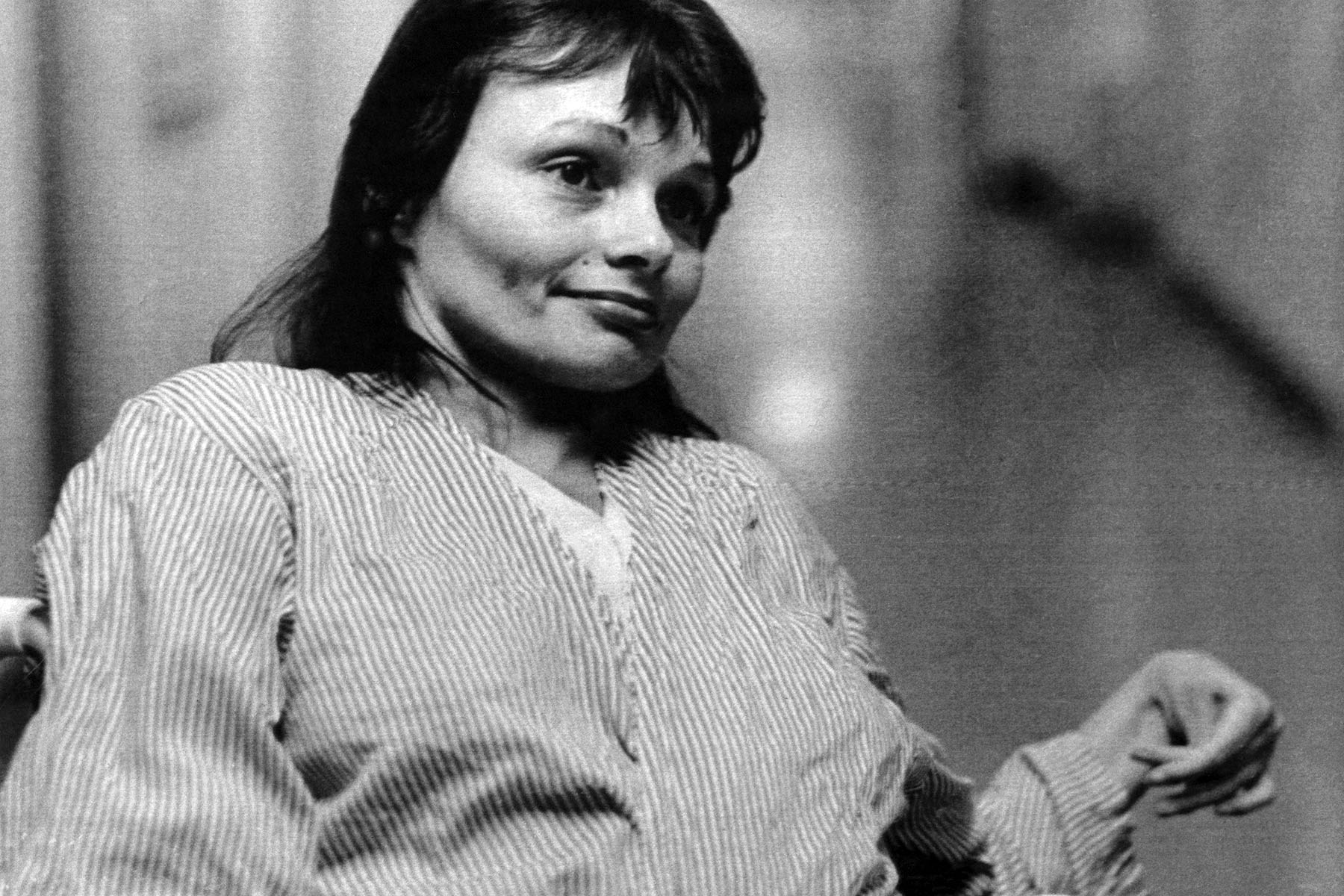
Coleman dismissed the idea that medical aid in dying is an issue of bodily autonomy. “If it was really about bodily autonomy, suicidal people [without disabilities or other illness] would be able to get assisted suicide,” she said.
To Coleman and other disabled opponents of medical aid in dying, laws allowing it, even in limited circumstances, create a two-tiered system in which nondisabled people are deemed mentally ill for wanting to die, while disabled people are seen as rational actors.
Coleman cited the case of Elizabeth Bouvia, a 26-year-old woman with cerebral palsy who in 1983 wanted to die because she felt that her disability had rendered her life intolerable. Cerebral palsy is not generally considered a terminal diagnosis, and people with cerebral palsy can lead full lives. But Coleman did not see that reflected in news coverage of the case: “Bouvia had a miscarriage and a marriage breakup. She couldn’t finish her graduate program. [The state government] took away her wheelchair van. So she found a lawyer through the ACLU so she could be allowed to receive morphine and comfort care, while she refused food and fluids…. The media said, ‘Well of course she wants to die. Look at her condition. She’s in a wheelchair.’ That was a real wake-up call for the community.” Bouvia eventually changed her mind, and she lived until 2014.
Another such case was that of Larry James McAfee, a young man with quadriplegia. McAfee had been an “avid outdoorsman, hunter and fledgling parachutist,” according to “People” magazine, before he was injured in a motorcycle crash in 1985.
Paralyzed from the neck down, he was bounced from nursing home to nursing home, outside of his home state of Georgia and far from family and friends. At the time, Georgia nursing homes would not accept patients on respirators, because the insurance reimbursement rate was too low and unprofitable.
“When I met McAfee, I found a man angry about his loss of control over his body but more angry still about his loss of control over his life,” Joseph Shapiro wrote in “No Pity,” his history of the American disability rights movement. “He was living in a gloomy Alabama nursing home room, his bed separated by a pink curtain from the next bed, which had been home to a succession of elderly men on respirators…. He had no shirt on, and his body was covered by a white blanket. Nurses had not bothered to shave him, and there was three-day-old stubble on his face. Out the window next to his bed, he could see only sky and desolate trees.”
McAfee went to court in 1989, asserting that he would rather die than continue to live in nursing homes. He wanted his respirator shut off. The judge determined that McAfee would not be dying by suicide by turning off his respirator, because his injury would merely be taking “its natural course.” There was no consideration for how the circumstances of his life might be affecting his mental health.
Mark Johnson, 71, is a lifelong disability rights advocate and the former director of advocacy for the Shepherd Center in Atlanta, which specializes in spinal cord injury. He is quadriplegic and describes himself as “semi-retired.” At the time of McAfee’s case, Johnson and another disability rights activist, Eleanor Smith, assembled about a dozen fellow activists to loudly protest the decision. “Here comes Larry, and what does the media do? They focus on disability as the problem,” Johnson told me.
The media and the justice system, according to Johnson, weren’t asking the relevant questions about McAfee’s quality of life and mental health. Johnson asked, “Why is he forced to live where he lives? Why are his choices so limited? Do we blame him for feeling the way he did? No. But we weren’t going to tolerate the narrative. We have lives worth living.”
McAfee won his case, but after he moved into a more suitable living situation closer to his family, he decided to live. “Turning off the ventilator still remains a very viable option to me … But I want to look into the possibilities to see what’s available first. I want to give it a try,” he told The New York Times in 1990.
McAfee never made the decision to turn off his ventilator. He died of pneumonia in 1995.
McAfee’s choice to continue living was at least in part due to the activism of Johnson and other disability advocates. They occupied Georgia Medicaid offices, demanding in-home care for McAfee and others like him. When that failed to achieve the desired outcome, Johnson and another group of protesters occupied the governor’s office. This time, they got what they wanted.
“Larry became one of the first recipients of the attendant care waiver program,” Johnson said. The program, spearheaded by disability rights advocates including Johnson, allowed disabled people to receive state-funded care in their places of residence, rather than just in nursing homes. McAfee was able to move into a group home, where he had his own private bedroom and a round-the-clock attendant.
“There were several cases through the late ’80s involving men with quadriplegia. Men on ventilators who said, ‘Get me out of this nursing home or pull the plug.’ And of course, society was totally ready to pull the plug with a little bit of legal wrangling. But all of that involved withholding treatment, which is different than assisted suicide, legally,” Coleman said. “What Kevorkian did was different.”
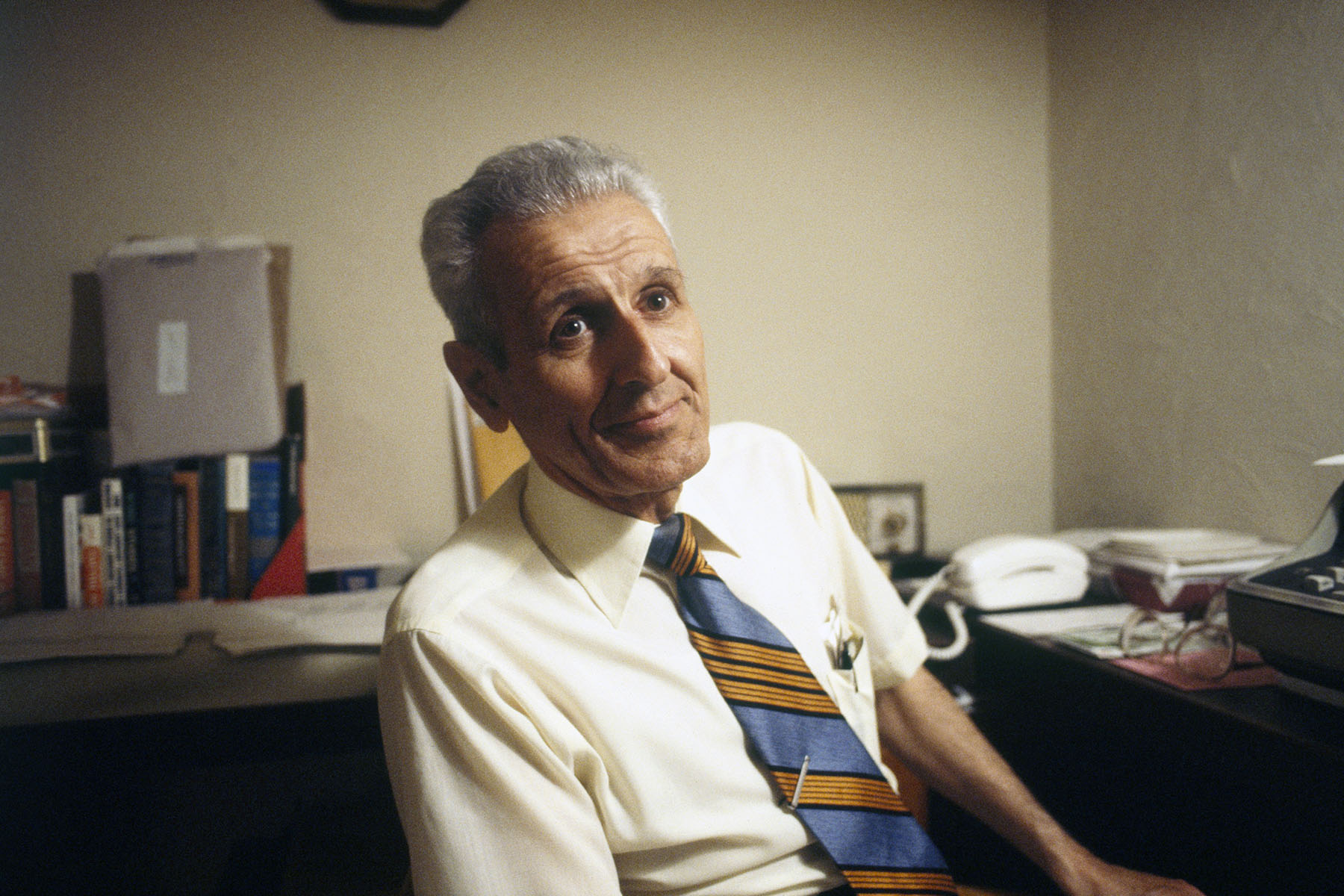
It was opposition to Jack Kevorkian that led to the formation of Not Dead Yet. Kevorkian was a Michigan doctor who assisted in the suicides of over a hundred people. Unlike earlier cases where people with disabilities asked to stop treatment and die of relatively natural causes, Kevorkian actively administered drugs that caused their deaths. Only 25 percent of Kevorkian’s patients were terminally ill as defined by current medical consensus.
In a 1999 article in the prominent medical journal “The BMJ,” the bioethicist Howard Brody, who supports medical aid in dying, described Kevorkian as a “master at manipulating the American media.”
“Early on,” he wrote, “some defenders of assisted suicide complained that Kevorkian’s personality and methods had been allowed to obscure the pros and cons of the issue itself. But in the end Kevorkian apparently fell victim to the need to continually increase the shock factor in order to draw repeated media attention.”
It worked. A Washington Post article from the same year described Kevorkian as a “tireless assisted suicide advocate.” A 1994 article in Vanity Fair said people found him “warm and witty” and noted the “genuine tenderness” he showed his victims’ families. Mouth Magazine, a disability rights publication with a much smaller circulation, labeled Kevorkian something else entirely: a “serial killer.”
Coleman explained the origins of her organization. “We had a small gathering of about a dozen people who were concerned about Kevorkian and who had paid attention to the earlier cases: Carol Gill; her husband, Larry Voss; Eleanor Smith and Nancy Moulton of Life Worthy of Life, a group that was based in Georgia at the time [and was a precursor to Not Dead Yet]. So this group and a couple others, we just talked about the Kevorkian situation.”
Since then, Not Dead Yet has filed about a dozen amicus briefs in cases involving medical aid in dying and done extensive legislative advocacy to oppose it at the state and federal levels. The group has lost many of those battles. Currently, medical aid in dying is legal in 10 states and the District of Columbia, available to competent adults who have been deemed terminally ill with six months or fewer to live.
It is worth noting that people like McAfee and Bouvia would not qualify for medical aid in dying under current laws anywhere in the United States today.
U.S. groups that support medical aid in dying have largely distanced themselves from Kevorkian and his methods. Compassion and Choices, one of the largest, mentions Kevorkian only once on its website, in the context of an interview with a member, and only in passing.
“I won’t speak to what happened 30 or 40 years ago within the movement,” Kim Callinan, the president of the organization, said. “What I can speak to is what I stand for as the leader of Compassion and Choices now and what our values are now. We are advocating for people who are terminally ill, mentally competent, who have access to hospice care and with a six-month prognosis.”
In other countries, by contrast, medical aid in dying has significantly expanded its scope. The Netherlands, for example, allows euthanasia for nonterminal disabilities, including mental illness and developmental disabilities like autism. The option is available to for terminally ill infants before their first birthday and anyone 12 years of age or older, although patients 12 to 16 years old require parental consent.
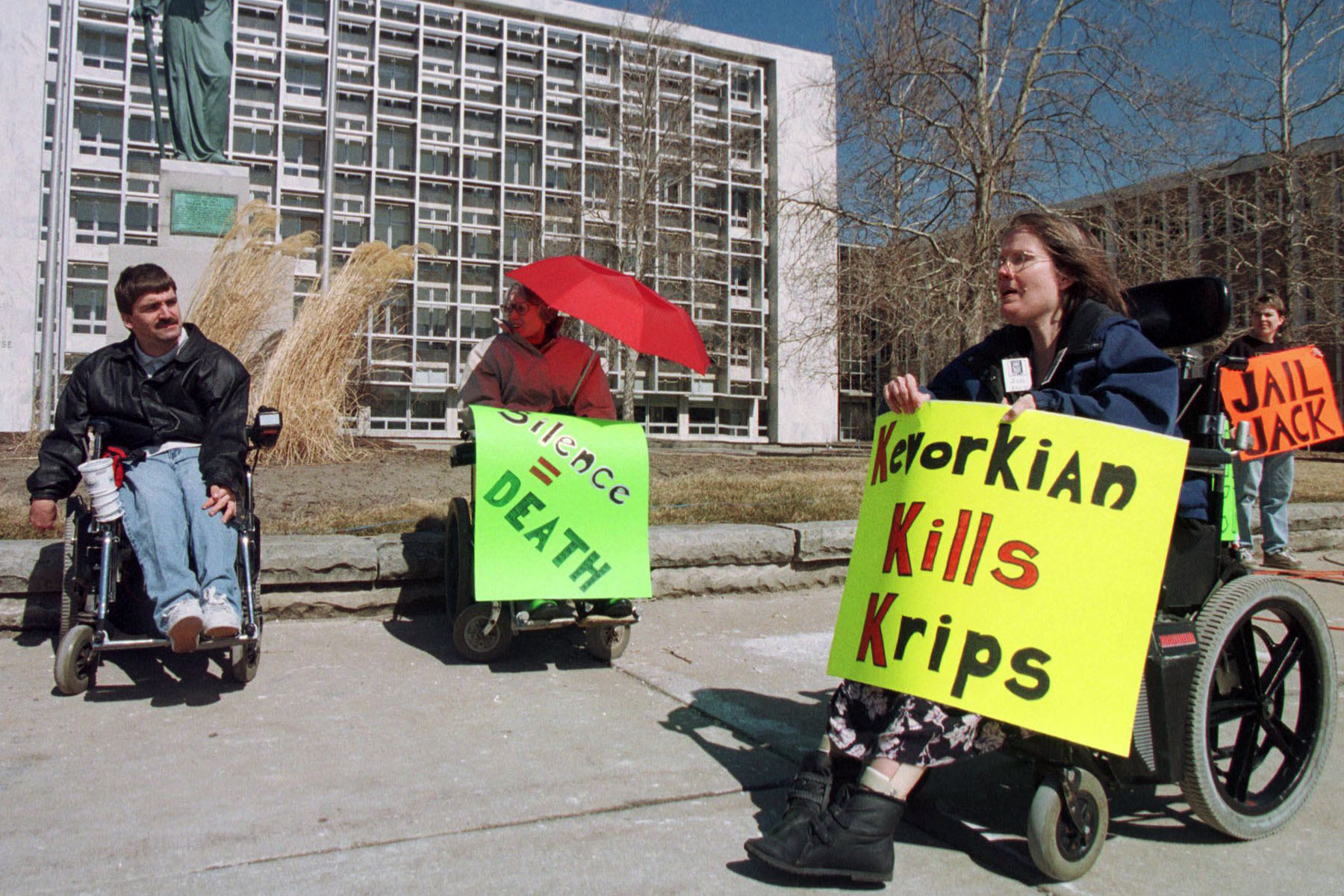
The 2013 case of the Belgian twins Marc and Eddy Verbessem was particularly disturbing to Haben Girma, a deafblind disability rights advocate and one of the lawyers behind the recent challenge in California. The Verbessems were born deaf. When they were in their 40s, they learned that they would also go blind. The twins chose to die using the country’s medical-aid-in-dying law. The conservative British newspaper The Telegraph called it a “mercy killing.”
“I can’t stop thinking about Marc and Eddy,” Girma says in a video posted on her website. “I wish they could have been told about all the different ways deafblind people connect and communicate, from tactile sign language, to Braille, to cane travel. But I know so many different communities don’t have access to this information.”
Marc and Eddy Verbessem would not have qualified under California’s current medical-aid-in-dying law or any other similar statute in the United States. Girma, however, sees the California law as dangerously vague, especially with regard to the difficulty of predicting life expectancy. “Defenders of [California’s law] allege the law can’t hurt people when it only applies to those with less than six months to live. But physicians are not seers, and countless disabled people have lived well beyond their doctors’ predictions. Given the staggering evidence of medical ableism and racism, a determination of whether a person is terminally ill may come down to the biases of the physician,” she wrote in an e-mail.
States that have legalized medical aid in dying track the conditions of those who use it. In California in 2021, the most recent year of available data, 66 percent of people who used medical aid in dying had cancer. No one in the state has been granted medical aid in dying for being deaf, blind or deafblind.
“I understand and respect the concern around a slippery slope, but we are not the same as Canada or Switzerland or Belgium. We are in a really different place in this country, and our advocacy remains for those who are already going to die,” Callinan said.
Callinan contends that only a minority of people with disabilities oppose medical aid in dying, but there has been little polling on the issue. Larger pollsters like Gallup have not tracked disabled people’s attitudes on the topic.
Callinan said she believes that the organized disability movement is changing, or at least that it will change, because the issues that its members have warned about have largely not come to pass in the United States. States have not moved to expand medical aid in dying to a wider number of people with disabilities.
“From my conversations with disability leaders, I think there’s a different generation coming up within the disability movement. I think you might see a change take place with this in 10 or 20 years,” she said. “The generation of leaders now—sometimes when you’re advocating with such a strong position [against medical aid in dying], it’s hard to acknowledge that you were wrong.”
Anita Cameron, 57, joined ADAPT, the disability protest group, in 1986, when she was in her early 20s. Cameron is low vision and has a mobility disability from being born prematurely. She has worked as the director of minority outreach for Not Dead Yet since 2017 and had previously been involved as a member of its board.
Cameron is an out and proud Black lesbian. She shared her thoughts on the “strange bedfellows” the disability rights movement has formed with the religious right on the issue of medical aid in dying. “The people I work with on a regular basis on this issue? A lot of them would not have me in their home. They would not eat dinner with me. They are diametrically opposed to my very existence. And somehow, we have managed to put that aside,” Cameron said.
The alliance is not without tension, but Cameron said she feels that this issue is important enough to work with people who hate her. In fact, she sees it as part of a fight for survival: “We know how the medical community mistreats us. They want to get rid of us. If you’re sick, you can be pushed into assisted suicide … As marginalized people, we see the discrimination we go through at the hands of the medical establishment.”
Jules Good, 23, is the assistant director of Not Dead Yet. They are autistic, deaf and have a complex chronic illness. They were not born when Bouvia and McAfee asked to die or when Kevorkian went on trial. But like many other disabled people, they have been told by medical professionals that their life is not worth living. “When I was 18, I got a pretty rough diagnosis. I was super depressed and attempted suicide. And when I went to my first counseling appointment with a new therapist after that happened, I explained my whole deal. And she looked me in the eye and said, ‘Yeah, I’d probably kill myself if I were you,’” Good told me.
Like Callinan, Good has noticed that many younger people in the disability community are less set in their opposition to medical aid in dying or even support it, but Good has drawn different conclusions about what that support means: “I think when you’re young, you feel like your body and experiences are out of your control. The idea of being able to control your death can be really comforting to a lot of people. I empathize with the desire for control. But … that can’t be what’s guiding our policies.”
Like Cameron, Good is uncomfortable with the alliance the movement has built with the “pro-life” movement. When asked if it was difficult to work with these groups as a trans person, Good said it was “on a personal level.”
“In any policy work, especially when you’re an organization that works on a narrow set of issues, you’re always going to have to work with people you disagree with. At the end of the day, we’ve got to get the votes to make sure that the bills don’t pass. As much as I struggle sometimes with people who would probably prefer I wasn’t around, the goal of protecting people from dangerous legislation outweighs that for me, personally,” Good said.
In terms of the future of the movement, Good noted the limited resources Not Dead Yet has compared with conservative pro-life groups and medical-aid-in-dying organizations like Compassion and Choices.
“There’s a dominant narrative that is pushed by organizations like Compassion and Choices,” Good said. “They have a lot of money to spend on communication and ads. That’s the default perspective on assisted suicide. And what they say is ‘This has nothing to do with disability.’ And then the people who oppose [medical aid in dying] are highly funded Christian and Catholic organizations. I think they very intentionally try and squash our perspective.”
What Good and Not Dead Yet want to do is make sure that people with disabilities are heard. Not Dead Yet believes that because people with disabilities are on the front lines of the medical system, they can alert society to dangers that others cannot yet see.
Correction: An earlier version of this article stated Elizabeth Bouvia was still alive. She died in 2014.
